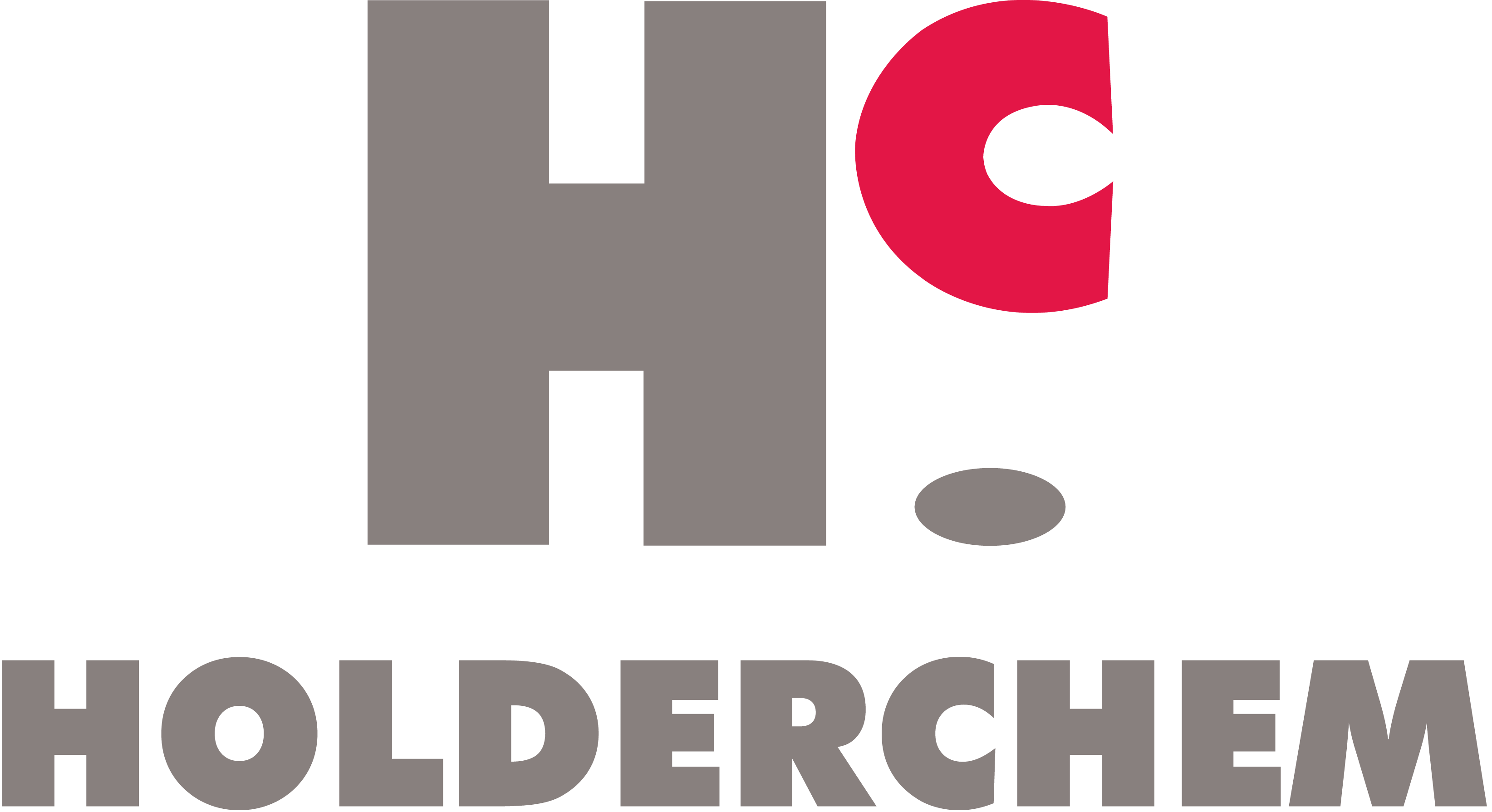
Polypropylene Fiber Concrete
To be durable, concrete structures should be designed to resist weathering action, chemical attack, abrasion and other degradation processes during their service life with minimal maintenance. These features are to some extent as important as their capacity to resist applied loads. Concrete offers over alternative materials many advantages pertaining to mechanical characteristics and construction costs. However, the brittle behavior of concrete remains in many instances an issue. This is particularly so where flexible behavior is important such as in seismic applications. The development of polypropylene fiber-reinforced concrete (PFRC) has provided a technical basis for improving these deficiencies in a variety of applications. The incorporation of fibers to concrete has changed a basically brittle material into a pseudo ductile material, which can absorb transient minor overloads and shocks with little visible damage.
The major reasons for crack formation in concrete are plastic shrinkage, plastic settlement, freeze-thaw damage, fire damage etc. The addition of fibers in cement concrete matrices bridges cracks and restrains them from further opening. Batimix polypropylene fibers are added to the concrete during batching. Thousands of individual monofilament fibers are evenly dispersed throughout the concrete during the mixing process creating a matrix-like structure. This type of concrete is particularly recommended for internal floor slabs (retail stores and warehouses), external slabs (driveways, yards, etc.), roads, pavements, driveways, and curbs. It is also used in shotcrete applications for thin section walling, agricultural applications, water retaining structures, marine applications, safes and strong- rooms, and for overlays and patch repairs.
The addition of Batimix polypropylene fibers to concrete may improve intrinsic concrete early strength by reducing sedimentation albeit the overall effect on compressive strength is negligible. More importantly, it helps inhibit the formation of micro-cracks due to dimensional changes and improves the resistance to plastic cracking. It reduces creep strain determined as the time-dependent deformation of concrete under constant stress.
Batimix polypropylene fibers offer numerous installation benefits that enable placing and finishing in lesser time. It reduces settlement and bleeding and thus allows for easier finishing of surfaces. It allows for concrete placement and cracks control in one single operation. It makes the positioning of joints easier and less expensive than conventional steel mesh reinforcements. Paradoxically, the addition of fibers improves pumping characteristics. It also minimizes site labor requirements, speeding up construction, and thus reducing project cost.
The small addition of Batimix polypropylene fibers in concrete reduces the flow of water through the concrete matrix by preventing the transmission of water through the normal modes of ingress, such as capillaries, pore structure, etc. The state of polypropylene fiber concrete in its plastic state leads to other advantages in its hardened state. By inhibiting plastic cracking, the addition of Batimix polypropylene fibers reduces surface permeability, enhancing durability and flexural properties. The control of bleeding water and sedimentation inhibits the migration of cement fines and sand to the surface, yielding a more durable surface with better abrasion resistance. The incorporation of Batimix polypropylene fibers will contribute to creating an environment that enhances durability by improving cement hydration, reducing the separation of aggregates as well as the flow of water through concrete that causes deterioration from freeze/thaw and rebar corrosion. A surface with fewer bleed holes also reduces the absorption of water, chemicals, and dirt. Chemical inertness makes the fibers resistant to most chemicals. Fibers reduce spalling at higher temperatures, enhancing fire resistance. Chloride penetration is also reduced substantially by the presence of fibers particularly because of the fibers’ random orientation and fibers providing an easier path for the chloride to migrate along.
Holderchem supplies polypropylene fiber reinforcement for concrete, Batimix Fiber 660, available in both 6mm and 12mm, It is designed specifically for the secondary reinforcement of concrete. Made from carefully selected monofilaments, these fibers totally disperse into the concrete. Available in various lengths, they provide optimum strength with improved resistance to cracking. They are normally dispensed at a dosage of 0.9 kg/m³ for most applications. The incremental water demand from fibers is nil. Effective protection and curing are essential for all concrete slabs, including polypropylene fiber concrete slabs. Polypropylene fiber concrete cannot be used as a substitute for structural steel reinforcement. Contraction joints are necessary and should be spaced at normal intervals as for unreinforced slab designs.
Statement of Responsibility: The information and application advice contained in this document are based on the present state of scientific and practical knowledge of Holderchem SAL. It is provided with no warranty, implied or otherwise, as to its completeness or accuracy. Since methods and conditions of application and use are beyond the control of Holderchem, HOLDERCHEM MAKES NO WARRANTIES, IMPLIED OR OTHERWISE, AS TO THE MERCHANTABILITY OR FITNESS FOR ORDINARY OR PARTICULAR PURPOSES OF ITS PRODUCTS AND EXCLUDES THE SAME. Holderchem warrants that its products shall be of sound materials and workmanship. As products are applied, handled and stored in manners and site conditions over which Holderchem has no control, Holderchem's liability in respect of any material which can be proven defective shall be limited to the replacement of such defective material or reimbursement of its cost at Holderchem's option. Holderchem shall not be liable for any consequential or incidental damage or loss arising out of the use of its products. Important Note: Holderchem shall have the right to modify product specification sheets at any time without previous notice. Buyers should always refer to the most recent data sheets, copies of which can be supplied upon request. The sale of products mentioned in this literature shall be subject to Holderchem's General Conditions of Sale Delivery and Payment.




